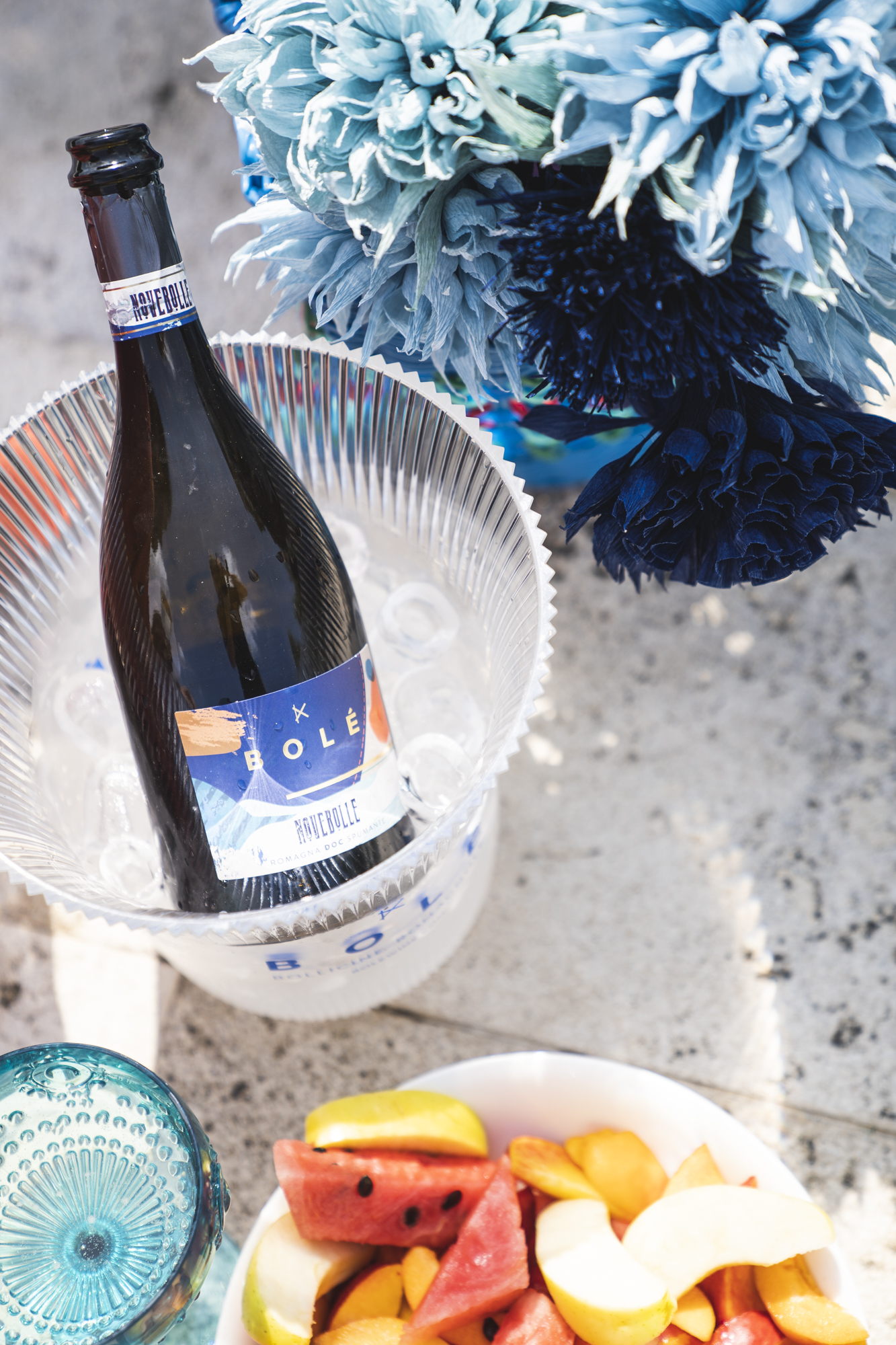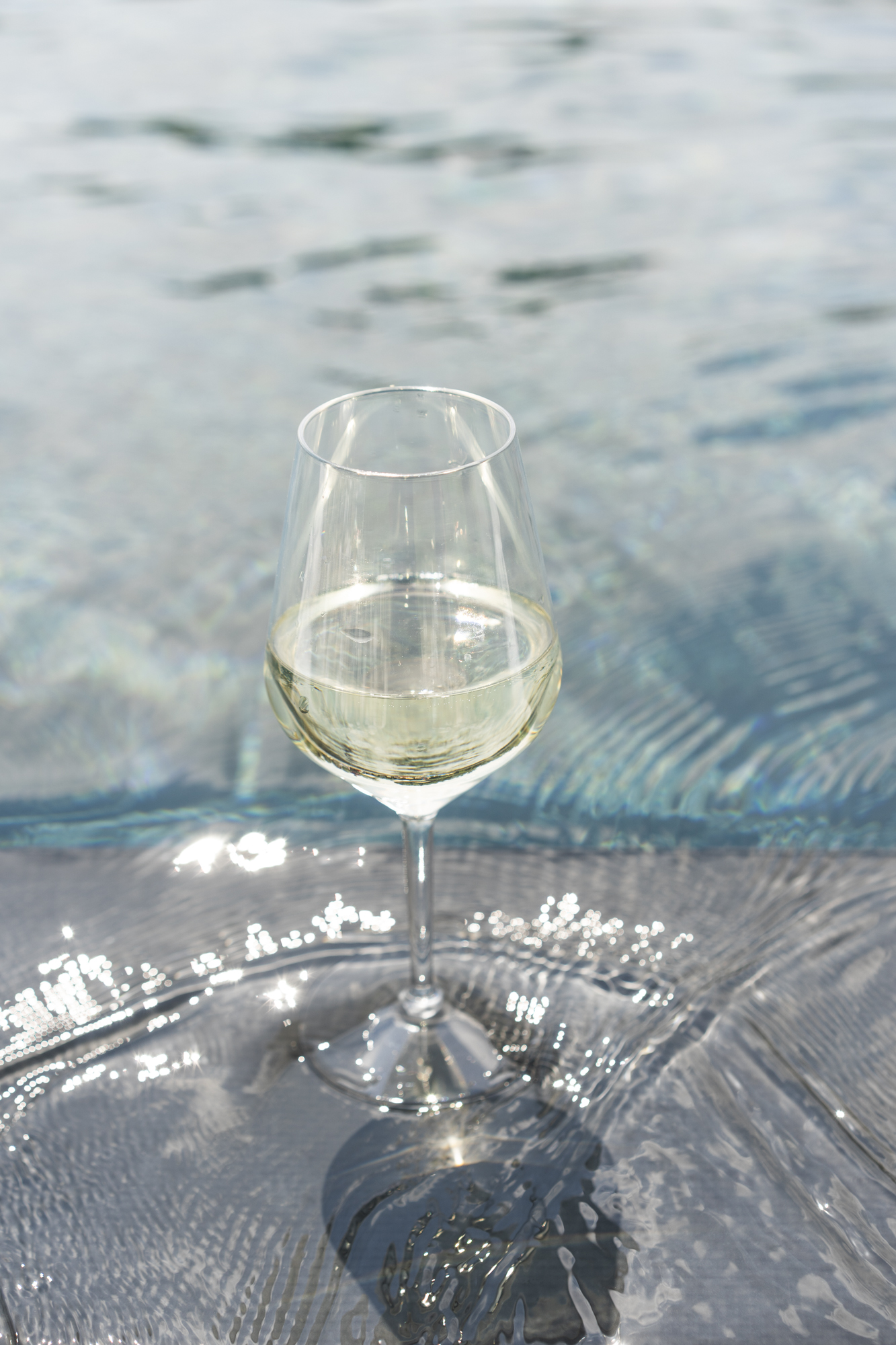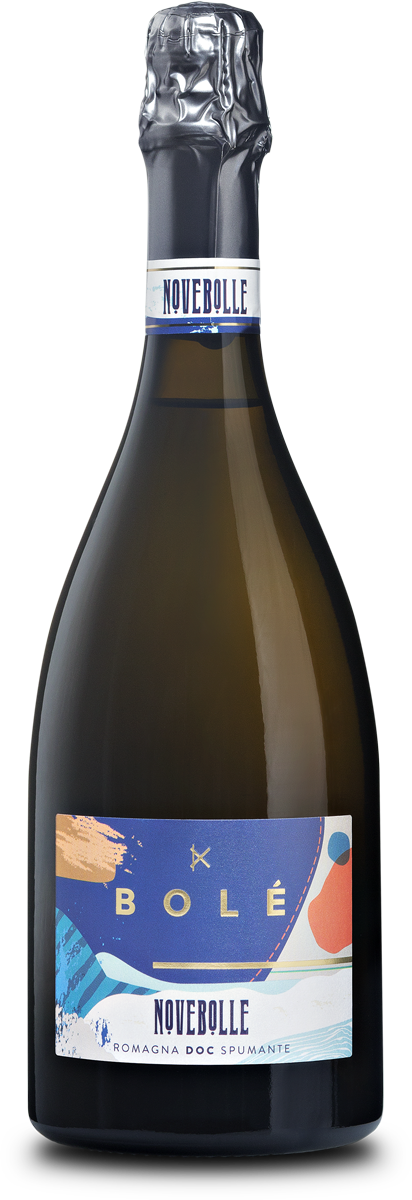05.03.2019 - Articles
What is the Martinotti method?

The Martinotti method, also known as the Charmat method, tank method or even Metodo Italiano, is the most frequently used process for creating sparkling wine in the world!
We drink Martinotti method spumantes often, from spritz cocktails, to Prosecco, Asti, Lambrusco and, of course, Bolé.
But what is behind this mysterious method? Who invented it? And, most importantly, why is it so popular worldwide?
Let’s get down to it, because without Federico Martinotti, there would be no Bolé!
What’s in a name?
The Martinotti method was developed and patented by Federico Martinotti of the Experimental Institute for Enology in Asti in 1895.
15 years later, a Frenchman named Eugène Charmat worked with Martinotti’s process to build and patent the typical autoclaves that are still used today for the process. For this reason, it is sometimes referred to as the Charmat method.
Martinotti the oenologue-designer, Charmat the engineer, the result – an Italian-French invention we can all get behind!

How does it work?
As with the Champagne method, or Metodo Classico, a base wine is made from the chosen varietal. The grapes are usually harvested earlier, as the second fermentation can add up to an extra 1% in abv!
At this point, the Martinotti method diverges. Once the still wine is made, instead of being put into separate bottles, it is placed in a large pressurized container. A mixture of yeast and sugar is added to induce the secondary fermentation, and the wine gets to work making bubbles!
The large tank allows a controlled amount of contact with yeast, if desired, and an end product which is very consistent.
When the secondary fermentation is finished, the wine is filtered and sometimes fined to remove the lees and any other sediment. From here, dosage – the mixture of sugar and wine that denotes whether it is Brut, Dry, Extra-Dry, etc. – is added and it is bottled and sealed under pressure to keep all of that bubbly goodness in the bottle.


Why make it Martinotti?
The Metodo Classico predates the Martinotti method by several hundred years, though it should be noted that up until the early 1700s bubbles were still seen as a fault!
One of the key benefits to using the Martinotti method is the retention of the aromatic and pure varietal aromas and flavours of the grapes. While Metodo Classico wines owe much of their flavour and mouthful to the autolytic qualities given by dead yeast, Martinotti wines represent freshness and intensity.
Modern cool technology works to enhance the process too, meaning that a Martinotti Trebbiano can capture a high-acid citrus palate while maintaining delicate aromatic floral aromas that are typical of the variety. Add to that the fine, persistent perlage and you’re on to a winning combination!
Martinotti also means consistency, so you can be sure to receive an end-product that is reliably delicious, time and time again.

The votes are in and it is clear to see – Martinotti method wines can be high-quality, consistent, delicious, and at superb price points. We’ll cheers to that!
